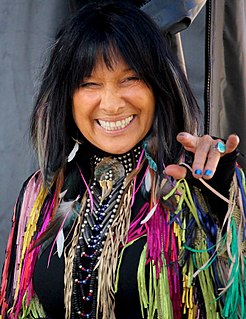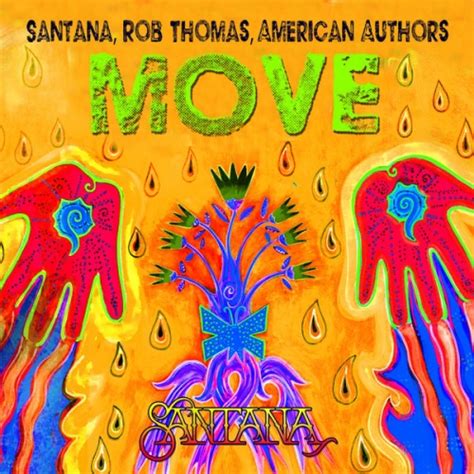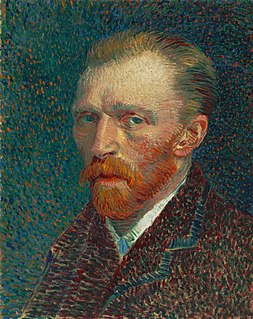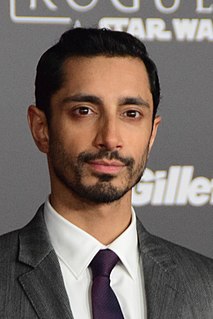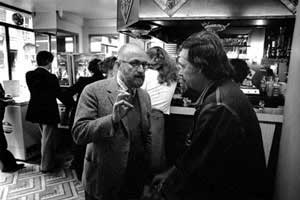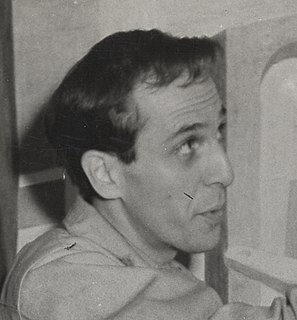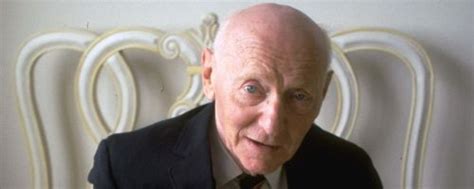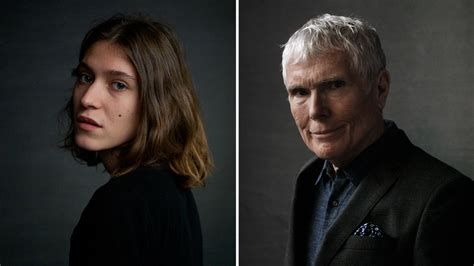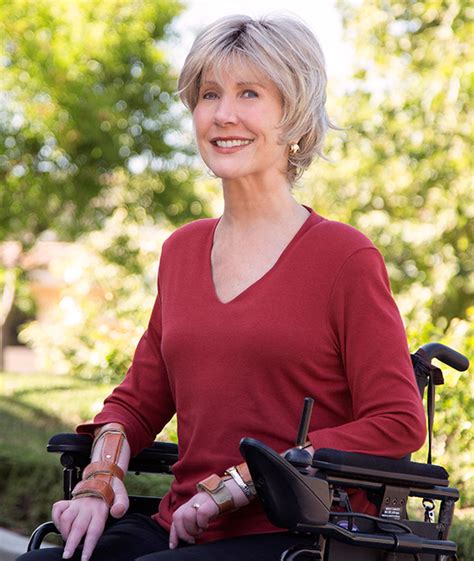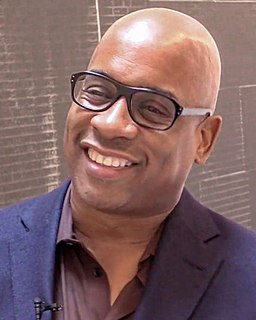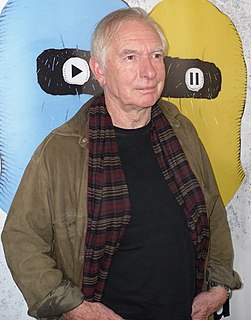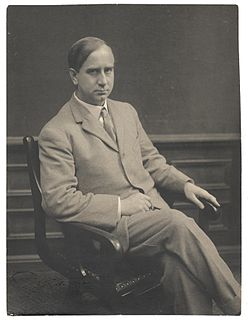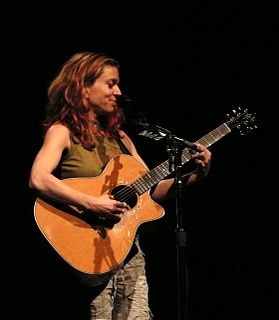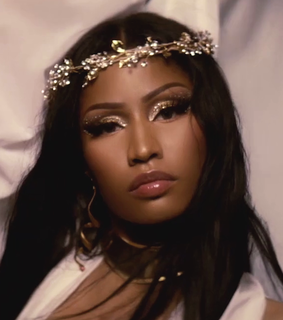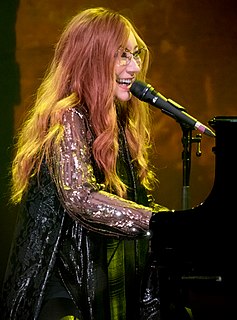A Quote by Buffy Sainte-Marie
There is an exercise I teach at colleges: Get yourself a canvas and a bunch of acrylics and go into a very dimly lighted room. Dip a brush into one of the colors, slap it on the canvas, don't look, close your eyes, make a painting, don't look, turn the lights on and see what you've got. I think this releases people from the editor in their life that's always standing over their shoulder saying, "Oh, you don't have any talent; who do you think you are?"
Related Quotes
I always get into arguments with people who want to retain the old values in painting - the humanistic values that they always find on the canvas. If you pin them down, they always end up asserting that there is something there besides the paint on the canvas. My painting is based on the fact that only what can be seen there is there... What you see is what you see.
Just slap anything on when you see a blank canvas staring you in the face like some imbecile. You don't know how paralyzing that is, that stare of a blank canvas is, which says to the painter, ‘You can't do a thing’. The canvas has an idiotic stare and mesmerizes some painters so much that they turn into idiots themselves. Many painters are afraid in front of the blank canvas, but the blank canvas is afraid of the real, passionate painter who dares and who has broken the spell of `you can't' once and for all.
It's true, I do sometimes suspend myself over the canvas, but mostly I work at a table when I'm making a painting. When I use 'The Rig,' my feet are firmly anchored. I lower myself horizontally just long enough to make a brush stroke - a matter of seconds - and then I'm upright again. My assistant then erases the painting quickly with a squeegee and I go for it again... until I get it right. It's like trying to hit a home run.
Well, painting is the one thing I do, that is just me. It's me and easels, and the pencils. And as long as I don't drool too much over the canvas, the colors come out pretty good. And it's a chance to express all that I've got inside, that I sometimes keep hidden. And I think that's why I paint big broad, wide open landscapes.
At a lecture, a guy said to me, "You know, when I look at your work, I don't know what I'm looking at, but when I look at a Willem de Kooning painting, I know what that is." I said, "Well, the paintings I'm doing have a very legible sentence at the top of the canvas." At a lecture, a guy said to me, "You know, when I look at your work, I don't know what I'm looking at, but when I look at a de Kooning painting, I know what that is." I said, "Well, the paintings I'm doing have a very legible sentence at the top of the canvas."
I always thought the editor should cut the film and so I'll come in and look at the movie. Just because that's the only way I can really see the ideas of the editor, it's really working together. Yes it's a hierarchy, yes I'm the boss, but I like to see and to think about the idea, and it's about us asking, 'do we have to say that?' and, 'how do we make it there?' So it's advising the editor, it's very give and take, it's very free, but in the end, it's wonderful once you get through the first couple of cuts.
